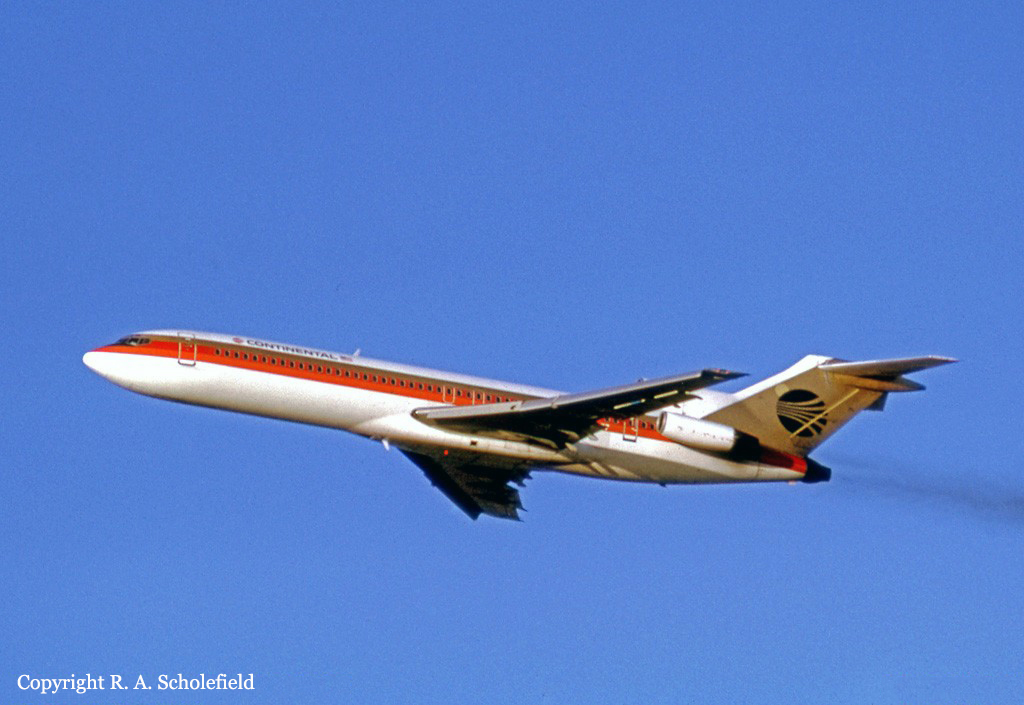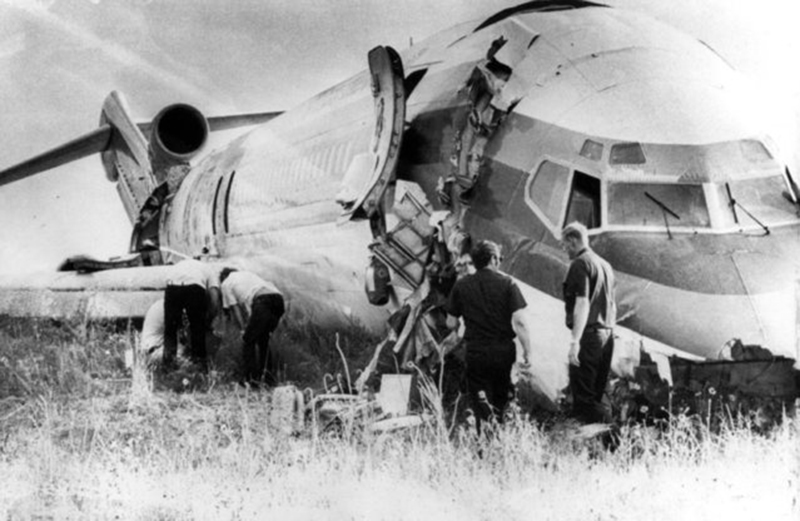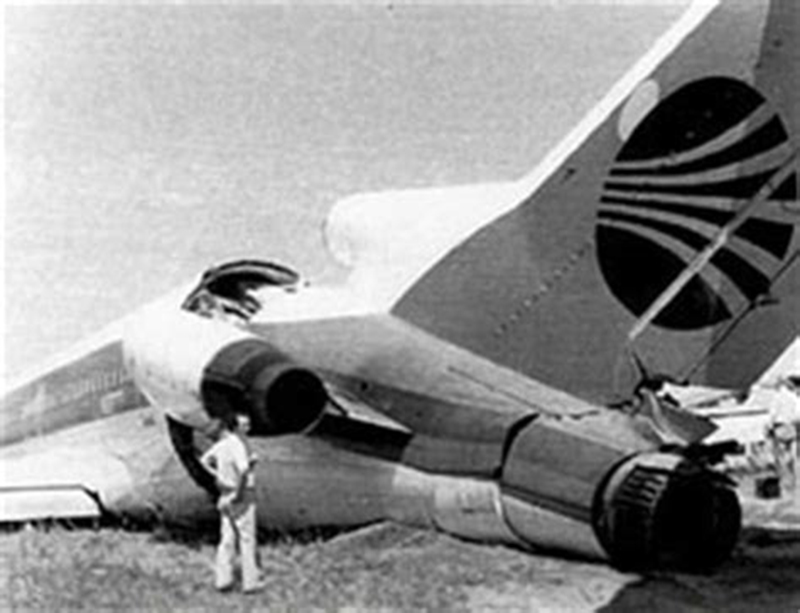Crash of a Mitsubishi MU-2B-30 near Rollinsville: 9 killed
Date & Time:
Dec 26, 1975 at 1449 LT
Registration:
N133MA
Survivors:
No
Schedule:
Denver - Granby
MSN:
506
YOM:
1970
Crew on board:
1
Crew fatalities:
Pax on board:
8
Pax fatalities:
Other fatalities:
Total fatalities:
9
Captain / Total hours on type:
307.00
Circumstances:
The airplane was completing a charter flight from Denver to Granby on behalf of Conquest Aero Resources. While cruising in poor weather conditions (low clouds and snow falls), the pilot failed to realize his altitude was insufficient when the airplane struck a mountain located near Rollinsville. The wreckage was found two days later, on December 28, and all nine occupants have been killed.
Probable cause:
Controlled flight into terrain after the pilot continued VFR flight into adverse weather conditions. The following contributing factors were reported:
- Improper in-flight decisions,
- Disregard of good operating practice,
- High obstructions,
- Low ceiling,
- Snow,
- Fog.
- Improper in-flight decisions,
- Disregard of good operating practice,
- High obstructions,
- Low ceiling,
- Snow,
- Fog.
Final Report:











